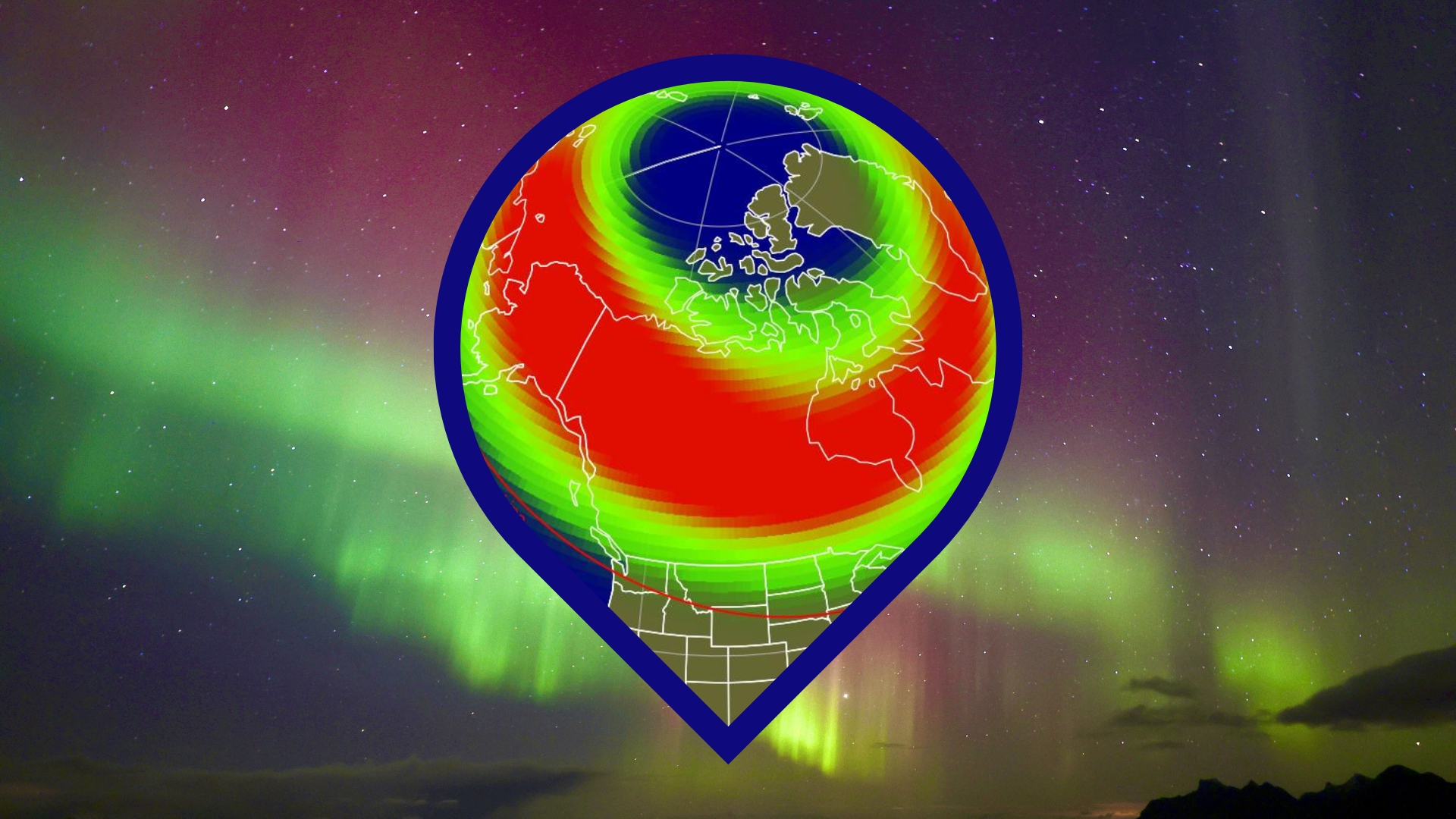Epic Pluto Photo Brings Cratered Plains and Jagged Faults Into Focus
A long, winding mosaic photo reveals the face of Pluto in all its dizzying, baffling variety.
Researchers are only beginning to uncover all of Pluto's complexity with the results from the New Horizons spacecraft, which flew past the dwarf planet in July. At the American Geophysical Union's annual winter meeting in San Francisco, New Horizons team members came together to discuss the latest discoveries and puzzles posed by the distant dwarf planet. But first, here's the epic new photo:
"Pluto has greatly exceeded our expectations in diversity of landforms and processes — processes that continue to the present," Alan Howard, a geologist at the University of Virginia in Charlottesville and a scientific collaborator on the New Horizons project, said in a statement released along with the photo.
The top of the image shows simple cratered plains, unchanged by time, but the picture quickly grows more complex. Further down, the image reveals jagged faults, suggesting large-scale processes at work within the dwarf planet. Then, the photo reaches the dark (informally named) Cthulhu Regio and its strange overlap with the bright, active ices at the edge of the flat Sputnik Planum. Finally, the strange, 2.5-mile-high (4 kilometers) potential ice volcano Wright Mons appears with an oblong shadow just before the darkness, while the rest of the world is in the shadow of night.
Over the five months since New Horizons made its closest pass to Pluto, it has transmitted photographic data and measurements taken during the flyby that reveal more about conditions on the icy world and the geological activity on its surface. For instance, the glaciers that carve up Pluto's surface form elaborate networks of eroded valleys — including "hanging valleys," like those in Yellowstone National Park, where a dip between two large ridges still stands higher than the surrounding area, NASA officials said in the statement.
Researchers are modeling the nitrogen and other strange, solid ices that cover the left side of Sputnik Planum (Pluto's "heart") and are finding that it could be "up to a few miles thick," officials said. The model helps to explain the polygon-shaped formations found on the plain: As the nitrogen evaporates and condenses higher up, the glaciers flow back inward.
The New Horizons team is also examining the haze of atmosphere that flows out of the dwarf planet and how it varies — as well as how that haze interacts with the charged particles of the solar wind that's stripping it away over time. As the researchers collect more data, they're gaining a firmer picture of that push and pull.
Breaking space news, the latest updates on rocket launches, skywatching events and more!
And this is only the beginning. "We're much less than halfway through transmitting data about the Pluto system to Earth, but a wide variety of new scientific results are already emerging," Alan Stern, New Horizons' principal investigator, said in the statement.
Email Sarah Lewin at slewin@space.com or follow her @SarahExplains. Follow us @Spacedotcom, Facebook and Google+. Original article on Space.com.
Join our Space Forums to keep talking space on the latest missions, night sky and more! And if you have a news tip, correction or comment, let us know at: community@space.com.

Sarah Lewin started writing for Space.com in June of 2015 as a Staff Writer and became Associate Editor in 2019 . Her work has been featured by Scientific American, IEEE Spectrum, Quanta Magazine, Wired, The Scientist, Science Friday and WGBH's Inside NOVA. Sarah has an MA from NYU's Science, Health and Environmental Reporting Program and an AB in mathematics from Brown University. When not writing, reading or thinking about space, Sarah enjoys musical theatre and mathematical papercraft. She is currently Assistant News Editor at Scientific American. You can follow her on Twitter @SarahExplains.

